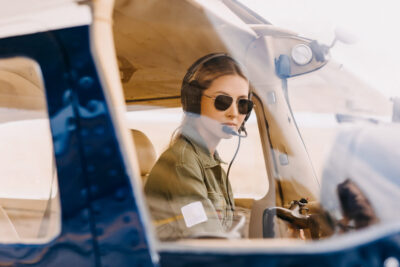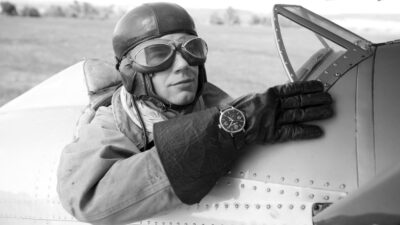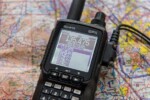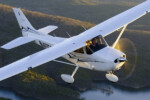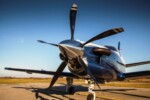Why Do Pilots Fly with Gloves?
10 November 2023 | Updated on February 05, 2024
Pilots wear gloves while flying for various reasons. The gloves are made of a fire resistant fabric called nomex and provide protection to the pilot’s hands in case of a fire in the cockpit. Wearing gloves is a part of the military aviation tradition, and they were initially used to protect pilots’ hands from the heavy and stiff controls of cable-controlled aircraft. Additionally, gloves also serve as a safeguard against the cold at high altitudes.
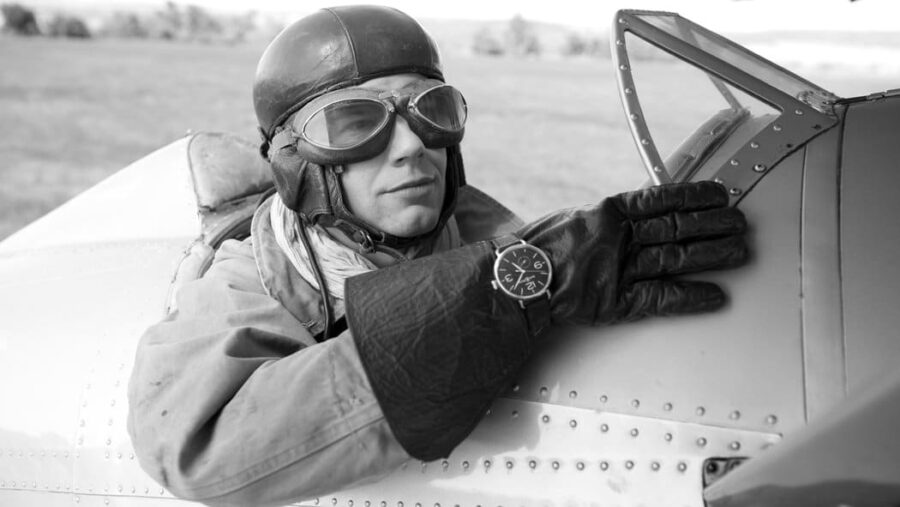

Key Takeaways:
- Gloves made of nomex fabric protect pilots’ hands in case of a fire.
- Wearing gloves is a part of military aviation tradition.
- Gloves offer additional grip and control over aircraft controls.
- Pilot gloves help alleviate discomfort and strain on the hands.
- Gloves are essential for pilots of all types of aircraft.
The Importance of Gloves in Military Aviation
In military aviation, wearing gloves is of utmost importance. The gloves, made of fire-resistant nomex fabric, protect the hands of pilots from extreme heat in case of a fire. They also offer additional grip and control over the aircraft controls, which can become stiff and difficult to operate in challenging situations. Gloves are an essential part of the military aviation tradition and have been used since the World War I era.


When it comes to military aviation, safety is paramount. Pilots often face high-risk situations where every second counts. Wearing gloves made of fire-resistant materials like nomex provides crucial protection to the hands in case of a fire in the cockpit. These gloves are designed to withstand high temperatures and can prevent serious burns, allowing pilots to focus on maneuvering the aircraft safely.
Furthermore, gloves offer enhanced grip and control over the aircraft controls. In intense combat situations or during challenging weather conditions, the controls can become stiff and difficult to manipulate. The gloves provide a tactile advantage, allowing pilots to maintain a secure hold on the controls, ensuring precise movements even in the most demanding scenarios.
Additionally, the use of gloves in military aviation is deeply rooted in tradition. Since the early days of aviation, pilots have relied on gloves to protect their hands from the heavy and stiff controls of cable-controlled aircraft. The practice has been passed down through generations, becoming an integral part of the uniform and a symbol of professionalism in military aviation.


When flying open-cockpit (vintage) aircraft, the right pair of quality pilot gloves will offer additional safety protection and comfort in the air.
Gloves for Improved Control and Comfort
Pilots wear gloves to enhance their control and comfort during flight. Sweaty hands can cause issues with grip, especially in stressful situations. The gloves, which are water and sweat resistant, eliminate this problem by providing a secure hold on the controls. They also offer extra grip, making it easier to maneuver the aircraft in challenging conditions. Moreover, pilot gloves help alleviate discomfort and strain on the hands, allowing pilots to fly for longer periods without discomfort.
Not only do pilot gloves improve control, but they also contribute to overall comfort in the cockpit. The gloves are designed to fit snugly, providing a precise and tactile feel of the controls. This allows pilots to have a better sense of the aircraft’s responses and make precise adjustments as needed. Additionally, the gloves offer protection against vibrations and reduce the risk of hand fatigue. By keeping the hands comfortable and free from distractions, pilots can focus on flying safely and efficiently.
Furthermore, pilot gloves are often designed with additional features that enhance control and convenience. Some gloves have touchscreen compatibility, allowing pilots to operate electronic devices without the need to remove their gloves. This enables them to access navigation systems, communicate with air traffic control, and perform various tasks without compromising their grip on the controls. The gloves are also constructed with durable materials to withstand the rigors of aviation, ensuring they last for an extended period of time.
In summary, pilot gloves play a vital role in improving control and comfort for pilots during flight. With their water and sweat-resistant properties, these gloves provide a secure grip on the controls, enabling pilots to maneuver the aircraft with precision and confidence. Additionally, pilot gloves offer comfort, protection against vibrations, and reduce hand fatigue, allowing pilots to focus on flying safely. The added convenience of touchscreen compatibility further enhances the functionality of these gloves, making them an essential accessory for every pilot.
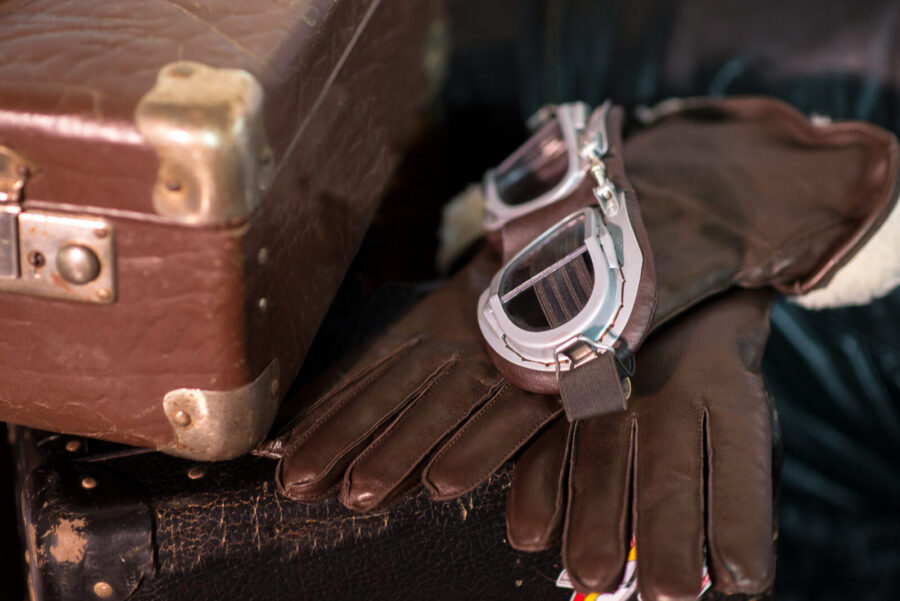

Pilot Gloves for Different Types of Aircraft
Pilots rely on gloves for safe and efficient operation of different types of aircraft. From light aircraft to helicopters and commercial airplanes, the use of pilot gloves is essential to ensure constant control and enhance overall performance.
Light Aircraft
For pilots of light aircraft, gloves play a crucial role in maintaining control, regardless of weather conditions. These gloves provide a secure grip on the controls, even in challenging situations such as turbulence or strong crosswinds. The gloves also protect against the potential discomfort caused by prolonged exposure to cold temperatures at high altitudes.
Helicopters
Helicopter pilots heavily rely on gloves due to the unique characteristics of helicopter flight. Unlike airplanes, helicopters do not glide, making precise control vital for safe maneuvers. Pilot gloves provide the necessary grip and tactile sensitivity to handle the intricate controls of a helicopter, ensuring precise movements and maneuverability.
Commercial Airlines
Commercial airline pilots prioritize safety above all else, and pilot gloves play a crucial role in achieving this goal. The gloves offer enhanced control and grip, allowing pilots to make precise adjustments during takeoff, landing, and in-flight maneuvers. Additionally, pilot gloves provide protection against extreme temperatures, ensuring comfort throughout long flights.
The Importance of Compatible Technology
As technology plays an increasingly significant role in aviation, pilot gloves have adapted to accommodate these advancements. Many pilot gloves are now compatible with touch screens, allowing pilots to operate electronic devices without the need to remove their gloves. This functionality is essential as it enables pilots to access important information and make necessary adjustments while keeping their hands protected and warm.
Conclusion
In conclusion, pilots wear gloves for various reasons that contribute to their safety, control, and comfort during flight. These gloves, made of fire-resistant nomex fabric, provide crucial protection in case of a fire, adding an extra layer of security in the cockpit. They also enhance grip and control, allowing pilots to maneuver their aircraft with confidence, even in challenging conditions.
The use of gloves in aviation is deeply rooted in military tradition, and this practice has carried over to different types of aircraft, including light planes, helicopters, and commercial airplanes. Regardless of the aircraft they fly, pilots rely on gloves to maintain constant control and ensure the safety of their passengers and crew.
Furthermore, pilot gloves are designed with functionality and compatibility in mind. The materials used, such as nomex and leather, not only provide protection and grip but also allow for a delicate sense of touch needed for precise control of the aircraft’s instruments. Some gloves even offer compatibility with touch screens, enabling pilots to operate electronic devices without removing their gloves.
Read more about the best flying gloves for pilots here
FAQ
Why do pilots wear gloves?
Pilots wear gloves for various reasons, including protection from fire, improved grip and control, and enhanced comfort during flight.
What are pilot gloves made of?
Pilot gloves are made of a fire-resistant fabric called nomex, which provides protection to the pilot’s hands in case of a fire.
Do gloves help with control and comfort during flight?
Yes, gloves enhance control and comfort during flight by providing a secure grip on the controls and alleviating discomfort and strain on the hands.
Can different types of pilots benefit from wearing gloves?
Yes, pilot gloves are essential for pilots of all types of aircraft, including light aircraft, helicopters, and commercial airplanes.
Are pilot gloves designed for safety and functionality?
Yes, pilot gloves are designed with safety and functionality in mind, featuring fire-resistant materials, leather palms for added grip, and compatibility with touch screens.
Where can pilot gloves be purchased?
Pilot gloves are widely available in the market, and they can be purchased from various suppliers specializing in aviation gear.








